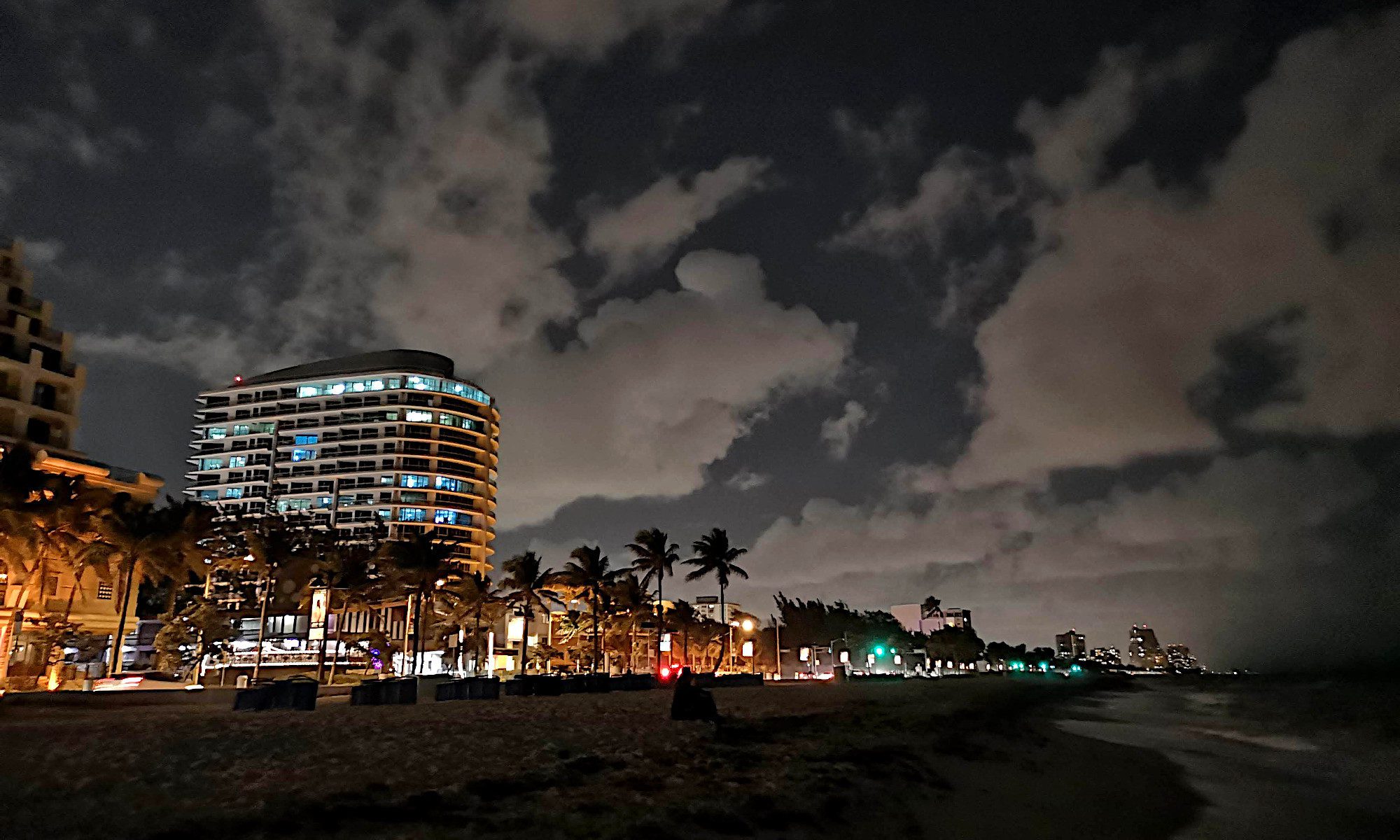
A little-known fact about New York’s Central Park is that it was created in part by evicting 1,600 or so people who lived there, including the residents of Seneca Village, Manhattan’s first significant settlement of black property owners and the epicenter of black political power in Manhattan during the mid-19th century. The village occupied land along what is now Central Park’s western edge, between roughly 83rd and 89th Streets. From its modest beginnings in 1825, the village had grown over three decades to include homes, gardens, a school, cemeteries and perhaps as many as 300 residents. By the time it was razed more than 30 years later, the settlement counted several distinguished citizens among its property owners, including a boarding-house for sailors that served as a crucial stop on the Underground Railway.
Source: Opinion | The Death of the Black Utopia – The New York Times
